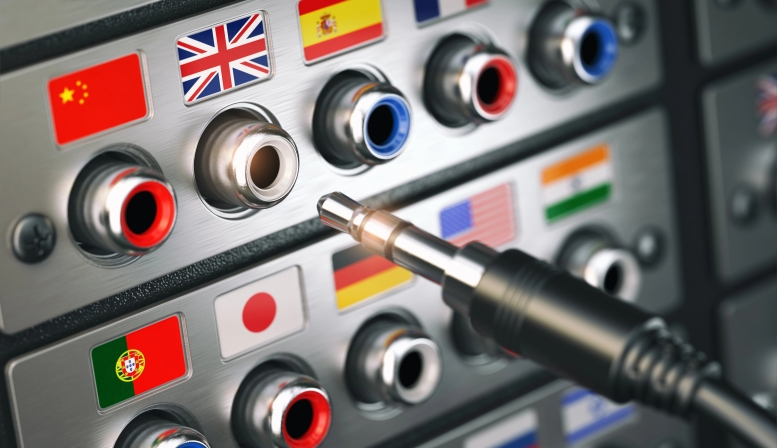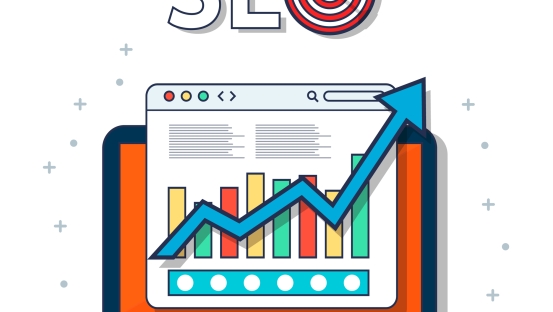AI Tools for Translating Your Talk for Global Audiences

Public speaking is no longer confined by geography. Thanks to advancements in artificial intelligence (AI), speakers now have the tools to deliver their messages to audiences worldwide, breaking language barriers and expanding their influence. Whether you're preparing for an international event or delivering a webinar to a multilingual audience, AI-powered translation tools can help you reach more people effectively and seamlessly.
Here’s a guide to using AI tools for translating your talk and ensuring your message resonates across borders.
1. Why Translation Matters for Speakers
In today’s globalized world, delivering a message in multiple languages can significantly broaden your audience and enhance your impact. Translation can:
-
Increase accessibility and inclusivity for diverse audiences.
-
Strengthen your brand as a speaker with international appeal.
-
Open up opportunities to speak at global conferences and events.
AI-powered translation tools make this process faster, more cost-effective, and more precise than traditional methods.
2. Top AI Tools for Translating Your Talk
AI translation tools offer a range of features, from real-time translation to pre-event preparation. Here are some of the best options available:
a. Microsoft Translator
A reliable tool for real-time translation, Microsoft Translator supports over 100 languages and integrates seamlessly with platforms like PowerPoint. It provides live subtitles for presentations, allowing audiences to follow along in their preferred language.
Best For: Live presentations and webinars.
Key Feature: Audience members can use their smartphones to select their language and view real-time subtitles.
b. Google Translate and Google Interpreter
Google Translate is a versatile tool for translating scripts and presentation materials. For live settings, Google Interpreter mode allows for two-way conversations in over 40 languages.
Best For: Translating prepared speeches and scripts.
Key Feature: Intuitive interface and integration with Google products like Slides.
c. DeepL Translator
Known for its accuracy, DeepL excels at translating nuanced content with context-aware precision. It’s ideal for preparing materials like slides, handouts, and transcripts.
Best For: High-quality translations of written content.
Key Feature: Ability to preserve tone and style in translations.
d. iTranslate
iTranslate offers voice-to-text and text-to-text translation, making it a versatile tool for both live presentations and content preparation. Its Pro version includes offline capabilities, perfect for travel.
Best For: On-the-go translation and small live settings.
Key Feature: Offline translation for added convenience.
e. Lingmo
Lingmo specializes in real-time speech translation, offering wearable devices and app-based solutions. It’s designed for international conferences and events where immediate translation is essential.
Best For: Real-time speech translation for live audiences.
Key Feature: Compatibility with smart devices for on-the-go use.
f. KUDO
KUDO provides AI-powered simultaneous interpretation for virtual and hybrid events. It supports integration with popular conferencing platforms like Zoom and Microsoft Teams.
Best For: Hybrid or virtual events with multilingual audiences.
Key Feature: Professional-grade simultaneous interpretation with AI support.
3. Preparing Your Talk for AI Translation
Even the best AI tools require preparation to ensure your message is translated accurately and effectively. Here are some tips:
Simplify Your Language
Avoid idioms, jargon, or cultural references that may not translate well. Use clear and concise language to ensure your message is universally understood.
Provide Context
Share your script or key terms with the AI tool in advance, especially if your talk includes technical or niche terminology. This helps the AI generate more accurate translations.
Test the Tools
Before the event, test your AI translation tools in a real-world setting to ensure they work seamlessly and match your expectations.
Optimize Visuals
If your slides or visuals include text, translate them in advance to align with the spoken translation. Tools like DeepL and Microsoft Translator can assist with this.
4. Using Real-Time AI Translation During Your Talk
For live presentations, AI tools can provide real-time subtitles or audio translations, ensuring your message reaches every audience member. Here’s how to make the most of this feature:
Use Live Subtitles
Tools like Microsoft Translator and Zoom’s live transcription service can display subtitles on-screen, allowing audiences to follow along in their preferred language.
Incorporate Multilingual Q&A
AI-powered tools like KUDO enable real-time interpretation during Q&A sessions, ensuring all participants can engage, regardless of language.
Engage Multilingual Audiences
Encourage attendees to use their smartphones or devices to access live translations. Platforms like Microsoft Translator provide audience-friendly interfaces for this purpose.
5. Challenges and How to Overcome Them
While AI translation tools are powerful, they’re not without limitations. Here’s how to address common challenges:
Accuracy Concerns
AI translations may sometimes miss nuances or context. Prepare by reviewing key sections of your talk in advance and manually correcting critical terms.
Technical Glitches
Always have a backup plan, such as pre-translated slides or printed materials, in case of connectivity issues or tool malfunctions.
Cultural Sensitivity
Translation alone isn’t enough; ensure your content is culturally appropriate for the audience. Research your audience’s customs and preferences to avoid potential missteps.
6. The Future of AI Translation for Speakers
AI translation is evolving rapidly, with emerging technologies offering even greater possibilities for speakers:
-
Real-Time Voice Cloning: Tools that replicate your voice in multiple languages for seamless audio translations.
-
Enhanced Accessibility: AI-generated captions and translations for visually or hearing-impaired audiences.
-
Machine Learning Improvements: Increased accuracy in capturing context and tone.
By staying ahead of these trends, you can expand your reach and make your talks more impactful on a global scale.
7. Boosting Your Speaking Career With AI Translation
Using AI tools to translate your talk not only enhances audience engagement but also positions you as an adaptable and globally-minded speaker. Event organizers are increasingly seeking speakers who can connect with diverse audiences, and showcasing your ability to deliver multilingual presentations can set you apart.
Final Thoughts
AI-powered translation tools are transforming the way speakers engage with global audiences. From preparing materials to delivering live translations, these tools make it easier than ever to break language barriers and expand your influence. By choosing the right tools, preparing thoroughly, and embracing innovation, you can ensure your message resonates across borders.
Looking to take your speaking career global? Platforms like SpeakerHUB can connect you with international event organizers, helping you showcase your multilingual capabilities and find opportunities to deliver impactful talks worldwide. Start exploring the possibilities today!




